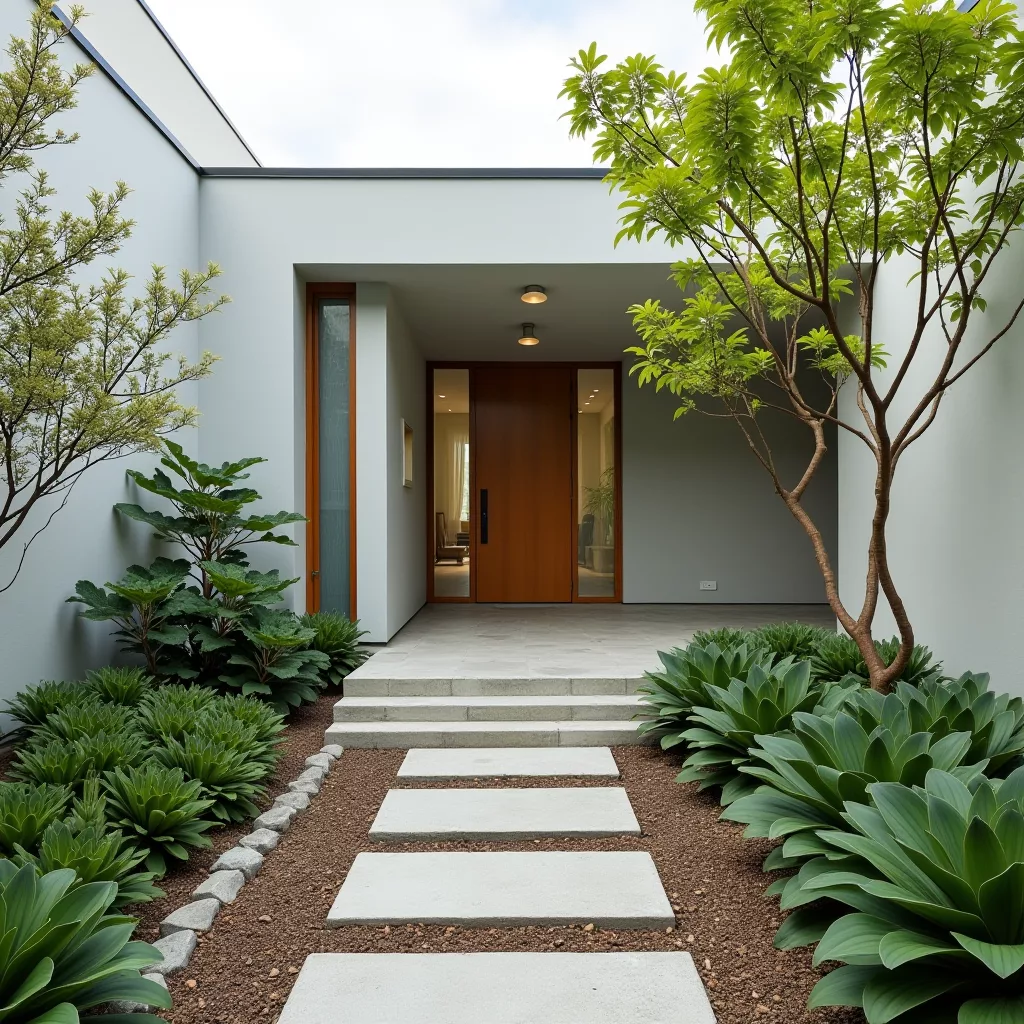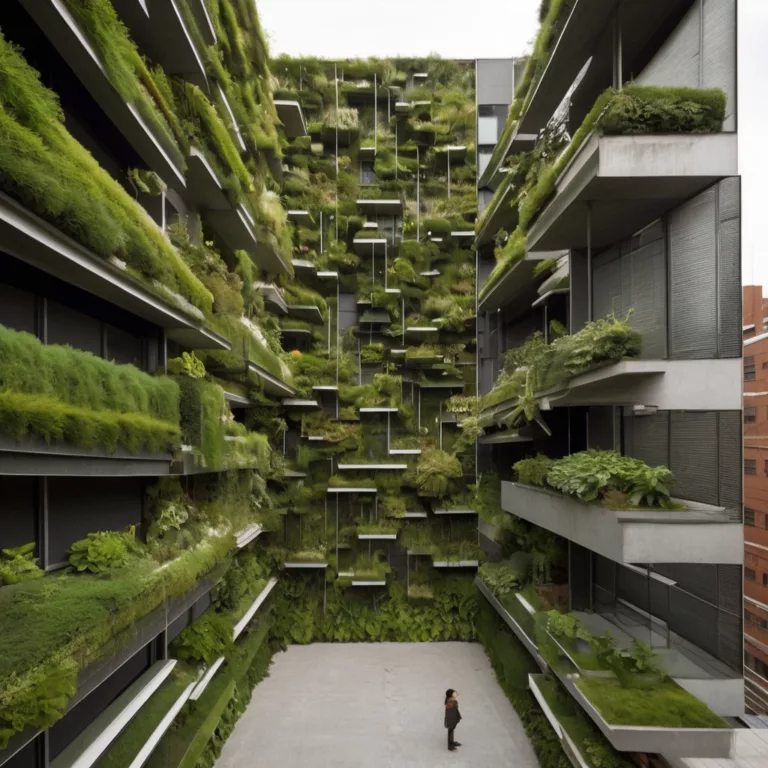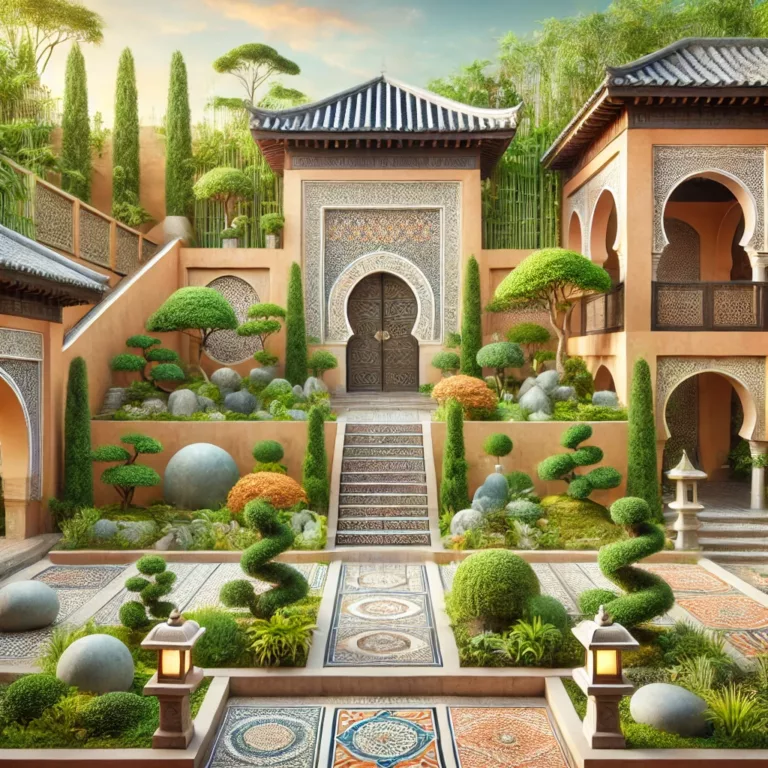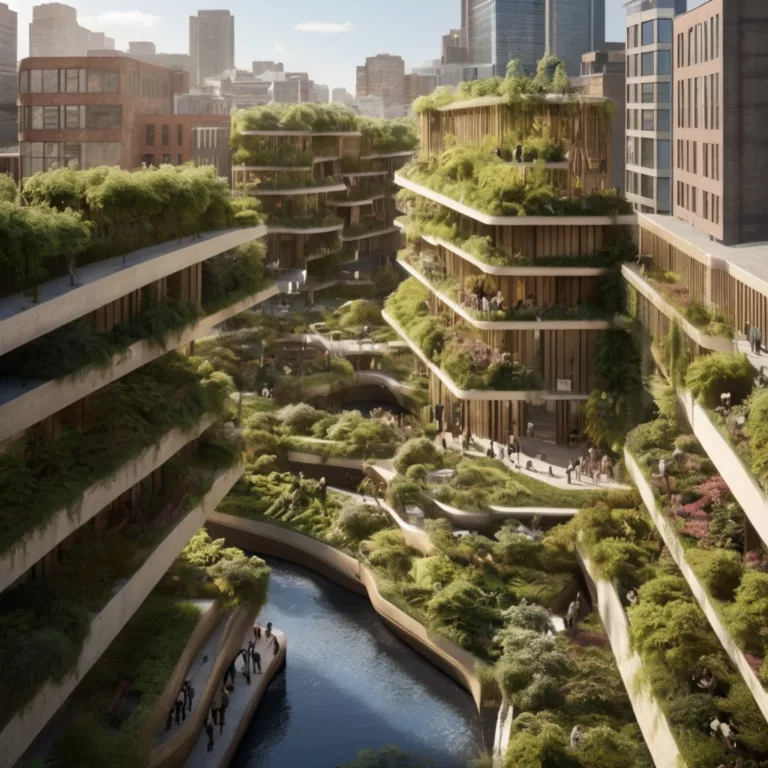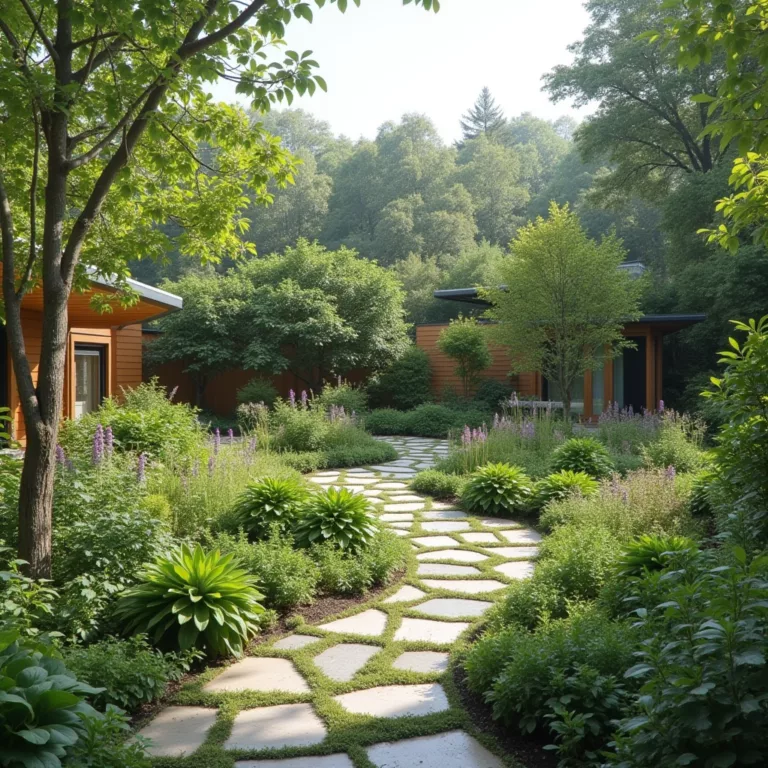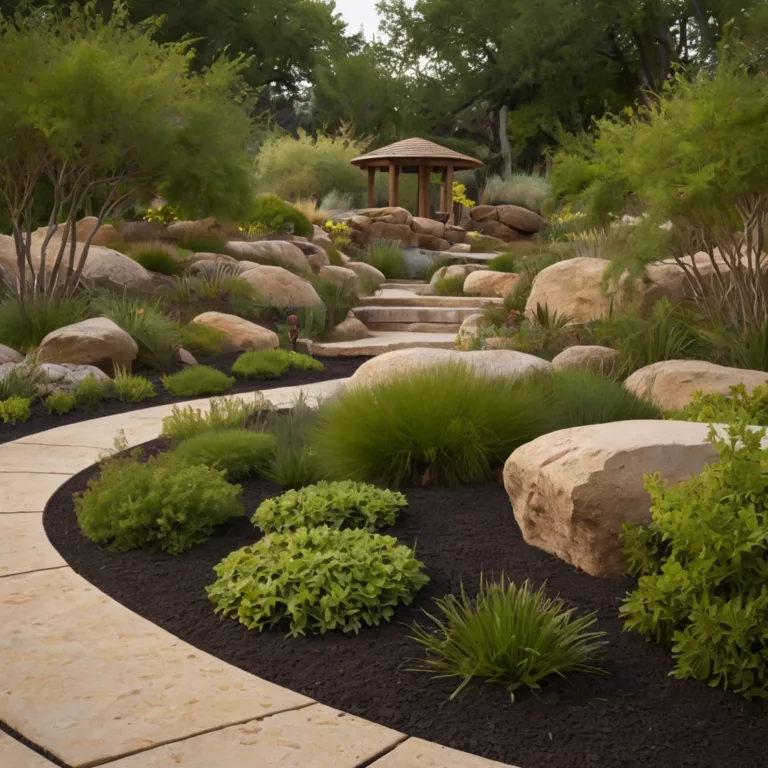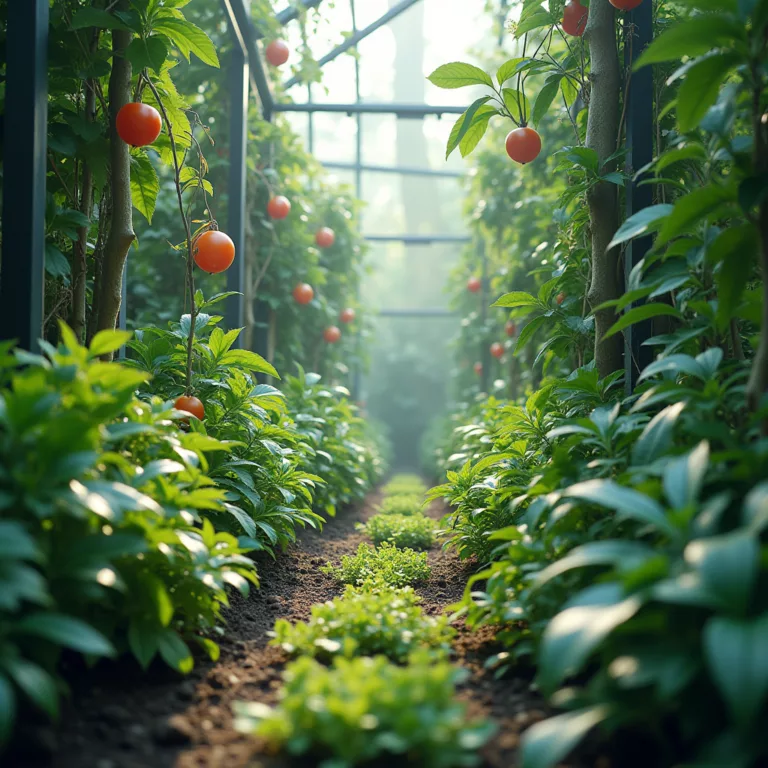Minimalist Garden Design: The Zen of Space, Form, and Ecological Harmony
Introduction: The Silent Revolution of Less
In a world saturated with excess, minimalist garden design emerges as a breath of clarity a rebellion against clutter, waste, and sensory overload. Rooted in ancient philosophies like Japanese wabi-sabi and Scandinavian hygge, contemporary minimalist landscapes are not merely aesthetic choices but profound statements about intentionality, sustainability, and the art of living. This exhaustive guide unveils how to craft gardens that whisper rather than shout, where every stone, plant, and pathway serves a purpose. For Art11deco’s discerning audience, we dissect the marriage of simplicity, functionality, and ecological stewardship, offering a blueprint for spaces that calm the mind and heal the planet.
Part 1: The Philosophy of Minimalist Garden Design
1.1 Ancient Roots, Modern Interpretations
- Zen Gardens of Kyoto: Raked gravel symbolizing water, moss as time’s patient witness, and strategically placed stones embodying mountains.
- Scandinavian Simplicity: Clean lines, native birch, and granite boulders reflecting the stark beauty of Nordic landscapes.
- Bauhaus Influence: “Form follows function” reimagined with drought-tolerant succulents and geometric hardscaping.
1.2 The Core Tenets of Minimalism
- Intentionality: Every element must earn its place.
- Spatial Poetry: Negative space as a design feature, not an absence.
- Timelessness: Avoiding trends in favor of enduring materials and forms.
- Biophilia: Human-nature connection through curated, uncluttered greenery.
Part 2: Core Principles of Minimalist Landscape Design
2.1 The Power of Restraint
- Limited Plant Palette: 3–5 species repeated rhythmically (e.g., ornamental grasses, boxwood, and Japanese maple).
- Monochrome Mastery: Shades of green, grey, and white with occasional accents (e.g., black mondo grass, silver sage).
- Texture Over Color: Contrast feathery fescue with smooth river stones or corten steel.
2.2 Functional Aesthetics
- Built-In Seating: Stone benches doubling as retaining walls.
- Hidden Storage: Sleek, flush-mounted compartments for tools or irrigation systems.
- Pathways as Art: Irregular flagstone steps or linear concrete pavers guiding movement.
2.3 Sustainability by Design
- Native Plants: Species adapted to local climates (e.g., yucca in deserts, sedum in temperate zones).
- Water-Wise Systems: Subsurface drip irrigation, rainwater cisterns disguised as sculpture.
- Carbon-Neutral Materials: Reclaimed wood, locally quarried stone, or recycled steel.
Part 3: Material Selection – The Minimalist’s Toolkit
3.1 Natural Materials
- Stone: Limestone, basalt, or slate for pathways, walls, and focal points.
- Wood: FSC-certified teak or charred shou sugi ban cedar for decks and pergolas.
- Gravel: Decomposed granite or pea gravel for low-maintenance, permeable surfaces.
3.2 Modern and Industrial Elements
- Concrete: Polished or bush-hammered for monolithic planters and minimalist water features.
- Steel: Corten or powder-coated panels as sleek screens or edging.
- Glass: Frosted panels or mirrored surfaces to amplify light and space.
3.3 Eco-Conscious Innovations
- Permeable Paving: Grasscrete or porous asphalt to reduce runoff.
- Recycled Aggregates: Crushed glass or reclaimed brick for eco-chic textures.
- Solar Lighting: Subtle LED strips embedded in steps or under benches.
Part 4: Designing for Space – Adapting Minimalism to Any Scale
4.1 Urban Micro-Gardens
- Vertical Simplicity: Single-species green walls (e.g., ferns or ivy) paired with a stone basin.
- Courtyard Sanctuaries: A lone olive tree in a gravel bed, encircled by recessed lighting.
- Balcony Zen: Modular planters with dwarf conifers and a trickling tabletop fountain.
4.2 Expansive Minimalism
- Meadow-Inspired Lawns: Replace turf with native grasses (e.g., blue fescue) mowed into abstract patterns.
- Architectural Trees: Specimen magnolias or sculptural pines as living sculptures.
- Reflective Pools: Still water mirrors the sky, framed by minimalist stone edges.
4.3 Transitional Spaces
- Entryways: A single sculptural planter (e.g., cylindrical concrete with a twisted juniper).
- Rooftops: Low-profile sedum mats and floating wooden platforms for meditation.
Part 5: Case Studies – Global Inspirations
5.1 The Desert Minimalist (Arizona, USA)
- Design: A monochrome palette of agave, black basalt gravel, and white concrete walls.
- Eco-Features: Solar-powered drip irrigation, shade sails from recycled canvas.
- Impact: 80% reduction in water use; 50% cooler microclimate.
5.2 The Copenhagen Roof Garden (Denmark)
- Design: A grid of raised steel planters growing thyme and lavender, interspersed with reclaimed oak benches.
- Eco-Features: Rainwater-fed irrigation, nesting boxes for urban birds.
- Impact: Enhanced biodiversity; 30% lower building energy costs.
5.3 The Kyoto Courtyard (Japan)
- Design: Raked sand “waves,” a single maple tree, and a bamboo water basin.
- Eco-Features: Moss harvested from local forests, handcrafted stone lanterns.
- Impact: A UNESCO-listed example of timeless serenity.
Part 6: Balancing Aesthetics and Ecology
6.1 The Myth of Sterility
- Biodiversity in Disguise: Native grasses supporting pollinators, rock crevices sheltering insects.
- Wildlife Corridors: Strategic gaps in walls for hedgehogs or lizards.
6.2 Soil Health as a Silent Priority
- No-Till Gardening: Preserve microbial life beneath gravel or mulch.
- Mycorrhizal Inoculants: Boost plant resilience without synthetic fertilizers.
6.3 Lighting with Purpose
- Dark Sky Compliance: Downward-facing LEDs to protect nocturnal ecosystems.
- Moonlight Effect: Soft, indirect lighting mimicking natural cycles.
Part 7: Overcoming Challenges – Practical Solutions
7.1 Maintenance Myths
- Robotic Helpers: Autonomous mowers and AI-powered weeders for pristine gravel beds.
- Self-Cleaning Surfaces: Photocatalytic concrete that breaks down organic stains.
7.2 Climate Adaptation
- Drought-Tolerant Choices: Replace thirsty lawns with creeping thyme or sedum.
- Flood-Resilient Design: Permeable surfaces and raised planters in monsoon-prone areas.
7.3 Human Psychology
- Avoiding “Coldness”: Warm materials like weathered wood or terracotta pots.
- Sensory Engagement: Wind chimes, textured stepping stones, or aromatic herbs.
Part 8: The Future of Minimalist Gardens
8.1 Smart Minimalism
- AI Design Assistants: Algorithms generating layouts optimized for light, water, and aesthetics.
- Self-Sustaining Ecosystems: Closed-loop water and nutrient systems powered by solar.
8.2 Climate-Responsive Materials
- Phase-Change Materials: Walls that absorb heat by day and release it at night.
- Bioactive Concrete: Surfaces that absorb CO₂ and host lichen colonies.
8.3 Cultural Revival
- Modern Interpretations of Ancestral Designs: Aboriginal Australian fire gardens reimagined with fire-resistant succulents.
- Post-Industrial Landscapes: Repurposed factories with minimalist native plantings.
Part 9: DIY Guide – Crafting Your Minimalist Oasis
9.1 Step-by-Step Design
- Declutter: Remove non-essential elements (lawn ornaments, excessive species).
- Define Zones: Meditation area, pathway, focal point.
- Select Materials: Stick to 2–3 complementary textures (e.g., wood, stone, gravel).
9.2 Plant Selection Guide
- For Small Spaces: Dwarf conifers, sedum, and ornamental grasses.
- For Shade: Hostas, ferns, and hellebores in monochrome greens.
- For Drama: Black mondo grass, white-barked birch, or red-tipped photinia.
9.3 Budget-Friendly Tips
- Repurpose Materials: Old bricks as edging, salvaged wood for benches.
- Propagate Plants: Divide existing perennials like hostas or grasses.
Conclusion: The Quiet Power of Less
Minimalist garden design is not an absence it’s a distillation of essence. By stripping away the superfluous, we uncover the profound beauty of space, form, and ecological harmony. These gardens challenge us to rethink consumption, reconnect with nature’s rhythms, and find peace in simplicity. In a chaotic world, they are sanctuaries of clarity, proving that less truly is more more sustainable, more meaningful, more alive.
Call to Action:
- Homeowners: Replace one flowerbed with a gravel-and-grass tapestry this season.
- Designers: Advocate for minimalist principles in urban planning competitions.
- Communities: Transform vacant lots into contemplative green spaces.
Art11deco’s Minimalist Vision: Explore our gallery of serene, sculptural gardens and collaborate with our designers to craft your personal Eden. Together, let’s redefine luxury as space, silence, and sustainability. 🌿
Art11deco

